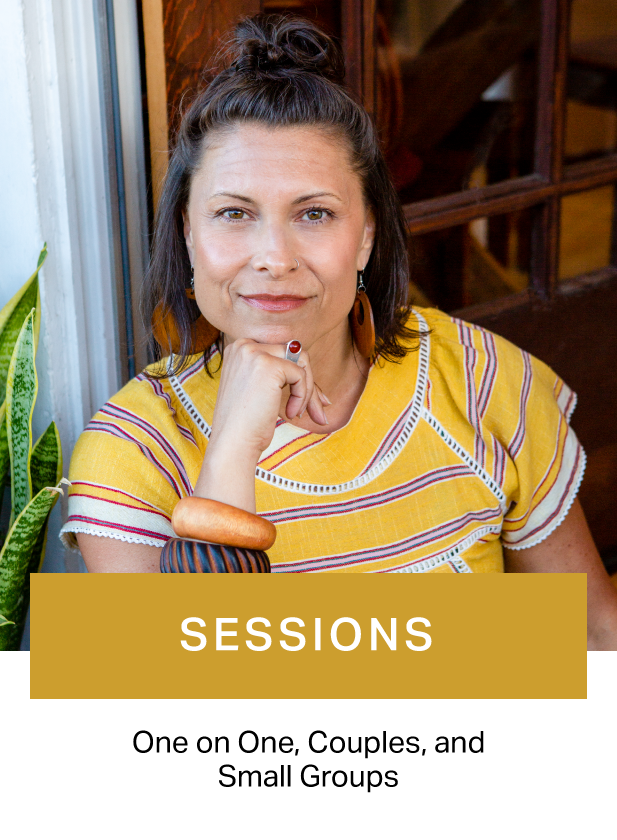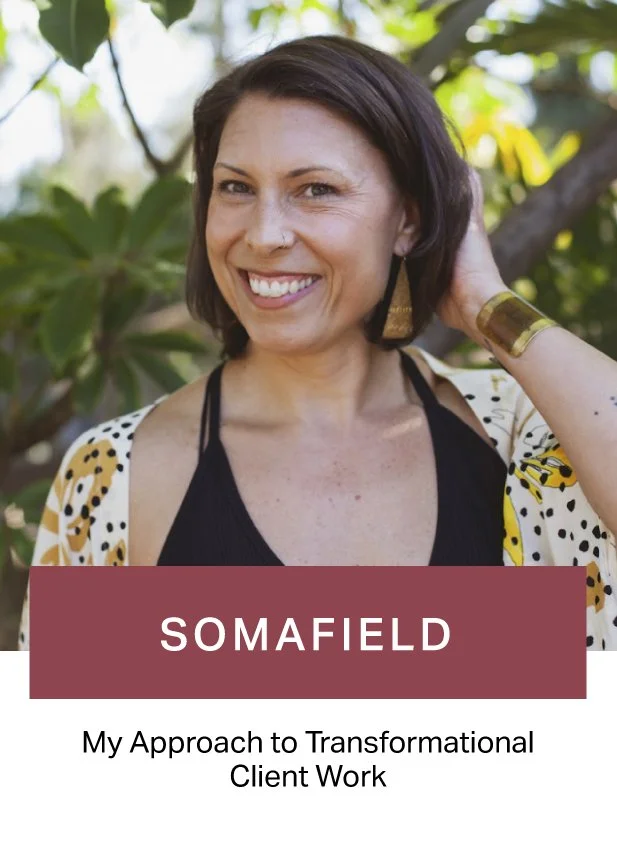REAL > Reserved
I saw a post recently on instagram by @heylacywarne about this. Luckily my training didn’t emphasize the blank slate thing, but the other professionals around me were big fans of it, so I picked it up by osmosis.
The blank slate thing is the idea that as a therapist, you’re supposed to take yourself out of the room. Be still, neutral, unfeeling.
I’ve heard some absolutely wild things and kept my expression steady.
But what I’ve come to know after years in the field is that professionalism and authenticity are not opposites. You can be grounded, competent, ethical—and still be human, still be you.
You can be a person in the therapy room too.
Besides (and especially!), clients don’t heal through you being a blank slate. They heal through genuine connection. Research continues to affirm what we intuitively know: the therapeutic relationship itself is one of the strongest predictors of change. And real relationships are built on connection, not perfection.
Where SomaField Comes In
This shift from “reserved” to “real” is at the heart of SomaField, and you can see it in each of the eight principles:
Client Centered – When we bring our full selves, clients feel the permission to bring theirs. Authentic presence creates a field where the client’s needs stay central, not hidden behind performance.
Socio-Cultural Attunement – Being real means acknowledging the cultural currents in the room. It’s not “professional” to ignore them—it’s relationally responsible to name and attune.
Nervous System Literacy – Our nervous systems pick up on incongruence. If we’re pretending to be something we’re not, the body knows. Authenticity regulates, while reservation often creates static in the field.
Attachment Awareness – Clients long for a felt sense of secure connection. That’s built through realness, not reserve—through being warm, present, responsive.
Synchronous Field – When we allow ourselves to be real, the field can develop so that something larger than us can come in. Reserved masks block resonance, while authenticity invites it.
Psychoeducation – Naming this paradox directly can be healing: “You don’t need to be perfect to be real. Connection matters more than performance.” And sometimes clients need a no frills explanation of something they’re going through to help normalize their experience.
Experiential + Somatic – Clients feel our authenticity in their bodies and helping them register how that feels helps them land in new territory and find new ways to access and express their reality.
Artistry – There’s an artistry to showing up as the professional and the person. A fluid dance of groundedness and genuine presence.
When we honor the human being in the room—ourselves included—we create the conditions for change.
Professionalism isn’t about being reserved.
It’s about being rooted, ethical, and real.
You can have both boundaries and authentic repor with clients without having to appear as some holier-than-thou-clipboard-weilding image of perfection.
Here’s to bringing more of ourselves into the room (and being less exhausted at the end of the day because of it!)
Please forward this to anyone that comes to mind if you think they’d enjoy it. :)




